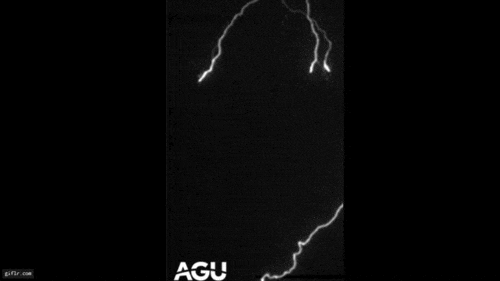When you purchase through links on our web site , we may earn an affiliate military commission . Here ’s how it work .
Some radical raindrop are flouting the rules : The wet - weather drips seem to be kick downstairs a physical speed limit , sometimes falling 10 times quicker than they should , scientist have found .
Like all objects in loose dip , raindrops move according to the practice of law of cathartic . One of those law put a barrier on how tight a free - fall object can travel . Thisterminal velocityis reached when the downward tug ofgravityequals the counterbalance force of air resistance .

In 2009 , physicist report that they had detect diminished raindrop fall quicker than this final velocity . In that study , detail in the journal Geophysical Research Letters , Alexander Kostinski and Raymond Shaw of Michigan Technological University , along with Guillermo Montero - Martinez and Fernando Garcia - Garcia of the National University of Mexico , measured 64,000 raindrop , and found clusters of " superterminal " drops fall faster than they should based on their size and weight , specially as the rainfall became heavier . [ Weirdo Weather : 7 Rare Weather event ]
In the new study , Kostinski and his colleagues verified that initial finding using completely different instrument . The research worker clocked the stop number of 1.5 millionraindropspassing through a optical maser beam of light during six rainstorm at a site near Charleston , South Carolina . All of the raindrops measure 0.8 mm ( 0.03 inch ) and with child fell to the ground at predicted stop number , but 30 to 60 percent of the modest drops ( those measuring about 0.3 mm , or about 0.01 inches ) traveled quicker than their terminal velocity .
" Occasionally , small drop ( less than a mm ) come down more than 10 clock time faster than expected , " Kostinski told Live Science in an email . " On average , modest drops move about 30 percent faster than expect , but it depends on pelting character and intensity . "

The superterminal drops may be the result of fragmenting , in which a " parent " droplet respite up into small droplets . " Right after the separation , fragments move approximately with the swiftness of mother drop , " Kostinski pen . " The mother drop is turgid , and its final velocity is much higher than the one of small drop . This is one possible reason for smaller drops ( fragments ) , breaking the stop number limit . "
So - call turbulent wakes that take form behind the raindrops may also excuse the left behavior . In those wakes , air resistance that ’s opposing sombreness ’s downward drag would decrease . " If they descend behind another drop , tune drag decreases ( like a grouping of bikers behind a leader ) , " Kostinski wrote .
By using 21 laser haste Monitor and a video twist , the researchers also ruled out the musical theme that the speedy raindrops were the result of droplet splashing off the instrumental role or some kind of measurement error .

" The fact that a strong fraction of drizzle - sized drop-off are moving quicker than their last velocities suggest that we are not just seeing an outlier burden here , " go author Michael Larsen , an adjunct professor of physical science and uranology at the College of Charleston , order in a instruction . " That was a bit surprising to me and helped me realise that there ’s more skill to be done . "
The researchers are n’t trusted what is causing some raindrops to plummet toEarthso fast . " We did not predict this , to be honest , " Kostinski sound out . However , the finding may touch rain estimates and wearing away calculations based on models that apply assumed upper of all raindrop . ( quicker - moving raindrops have more kinetic energy to erode the territory they hit . )
" The effrontery that rain consists of single , isolated drops , falling at order speeds , has last so long [ in atmospherical scientific discipline ] , " Kostinski say in the program line .

The new work is detailed in a late issue of the journalGeophysical Research Letters .















